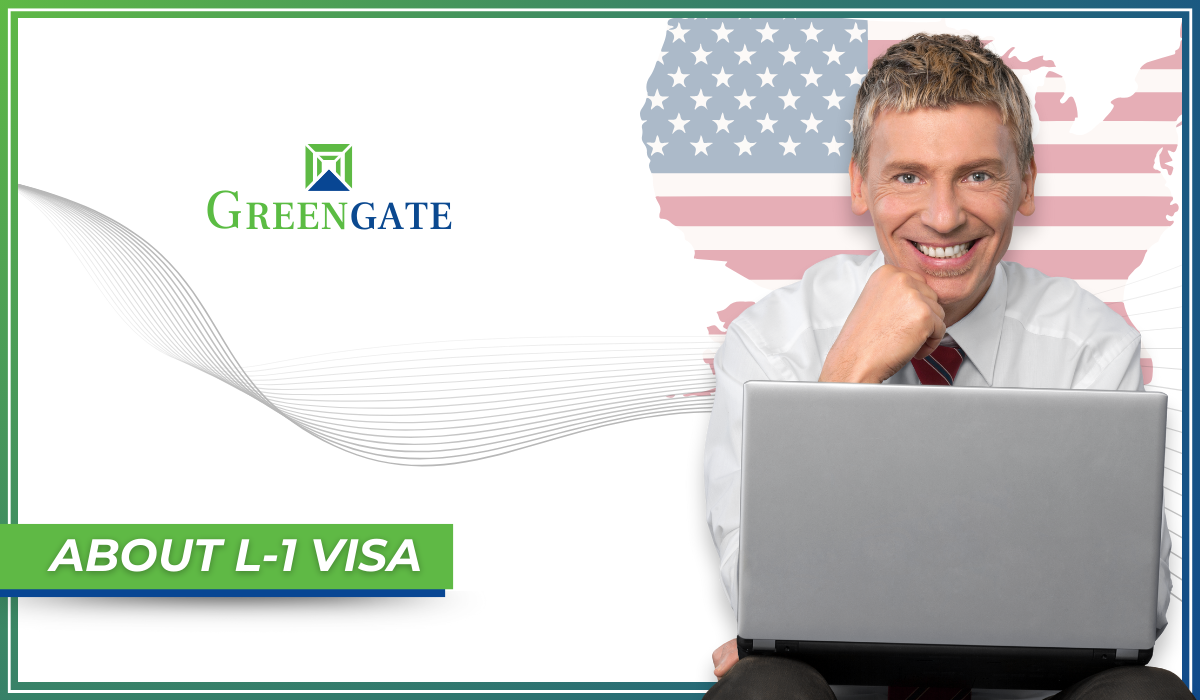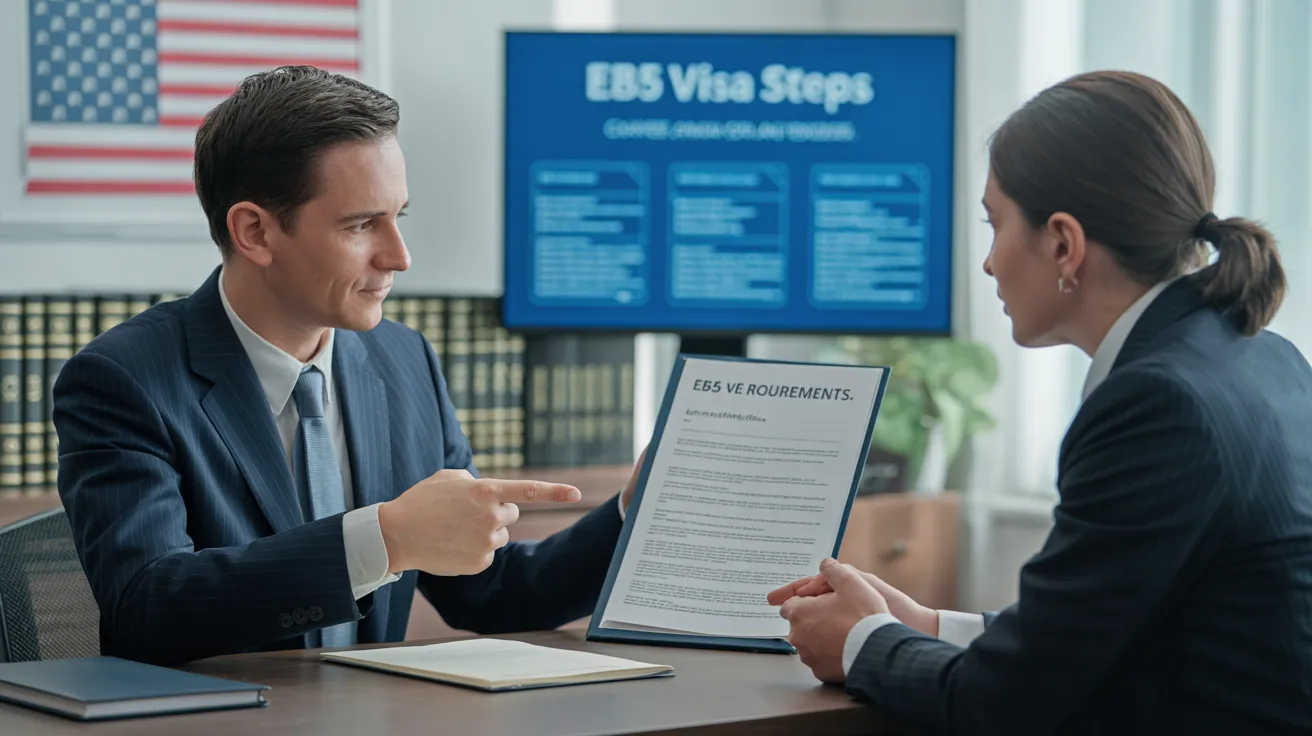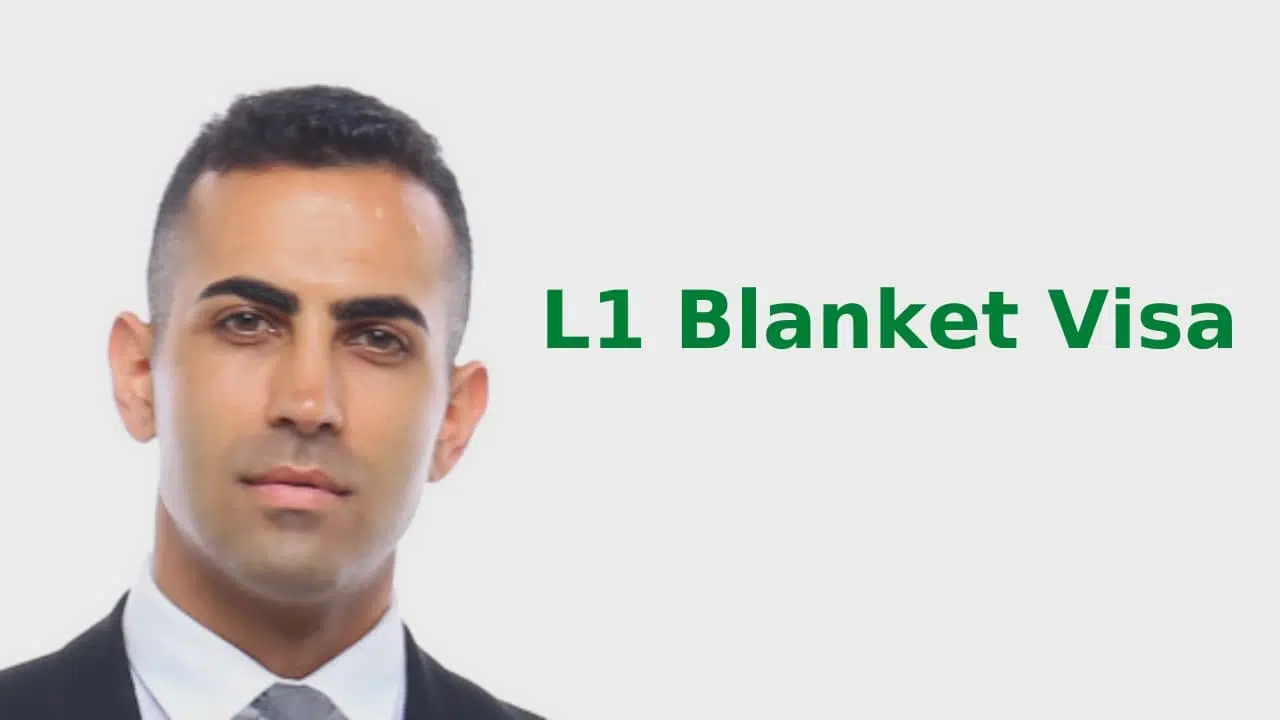Unknown Facts About L1 Visa
Table of ContentsL1 Visa - TruthsThe Ultimate Guide To L1 VisaL1 Visa Fundamentals ExplainedThe Buzz on L1 VisaThe 20-Second Trick For L1 Visa8 Simple Techniques For L1 Visa
Available from ProQuest Dissertations & Theses Worldwide; Social Scientific Research Premium Collection. (2074816399). (PDF). Congress. (PDF). DHS Office of the Examiner General. (PDF). (PDF). "Nonimmigrant Visa Data". Obtained 2023-03-26. Division of Homeland Protection Workplace of the Assessor General, "Review of Susceptabilities and Possible Misuses of the L-1 Visa Program," "A Mainframe-Size Visa Loophole".
U.S. Division of State. Recovered 2023-02-08. Tamen, Joan Fleischer (August 10, 2013).
The Greatest Guide To L1 Visa
In order to be qualified for the L-1 visa, the international firm abroad where the Recipient was employed and the united state firm must have a qualifying relationship at the time of the transfer. The different types of qualifying relationships are: 1. Parent-Subsidiary: The Moms and dad indicates a company, company, or various other legal entity which has subsidiaries that it owns and controls."Subsidiary" implies a firm, corporation, or other legal entity of which a parent owns, directly or indirectly, more than 50% of the entity, OR owns less than 50% but has management control of the entity.
Business A has 100% of the shares of Firm B.Company A is the Moms And Dad and Company B is a subsidiary. There is a qualifying connection in between the two business and Business B need to be able to fund the Recipient.
Instance 2: Firm A is integrated in the U - L1 Visa.S. and desires to request the Beneficiary. Company B is integrated in Indonesia and uses the Beneficiary. Company A has 40% of Company B. The continuing to be 60% is had and controlled by Company C, which has no relationship to Company A.Since Firm A and B do not have a parent-subsidiary relationship, Firm A can not sponsor the Recipient for L-1.
Instance 3: Company A is integrated in the U.S. and wishes to seek the Beneficiary. Business B is included in Indonesia and uses the Recipient. Company An owns 40% of Company B. The remaining 60% is possessed by Business C, which has no relation to Firm A. However, Firm A, by formal contract, controls and complete manages Business B.Since Firm A possesses much less than 50% of Business B yet manages and manages the firm, there is a qualifying L1 Visa attorney parent-subsidiary connection and Firm A can fund the Recipient for L-1.
Excitement About L1 Visa
Associate: An affiliate is 1 of 2 subsidiaries thar are both owned and controlled by the same parent or individual, or possessed and regulated by the exact same group of individuals, in generally the very same proportions. a. Example 1: Company A is included in Ghana and uses the Beneficiary. Firm B is included in the U.S.
Business C, additionally integrated in Ghana, possesses 100% of Firm A and 100% of Firm B.Therefore, Company A and Firm B are "affiliates" or sister business and a qualifying partnership exists between both companies. Company B should be able to sponsor the Recipient. b. Instance 2: Company A is included in the U.S.
Business A is 60% possessed by Mrs. Smith, 20% owned by Mr. Doe, and 20% had by Ms. Brown. Company B is integrated in Colombia and presently employs the Recipient. Business B is 65% owned by Mrs. Smith, 15% possessed by Mr. Doe, and 20% owned by Ms. Brown. Company A and Business B are associates and have a qualifying partnership in two various ways: Mrs.
The L-1 visa is an employment-based visa classification established by Congress in 1970, permitting international business to move their supervisors, executives, or essential employees to their U.S. procedures. It is commonly referred to as the intracompany transferee visa.

Furthermore, the recipient needs to have functioned in a managerial, exec, or specialized employee position for one year within the three years coming before the L-1A application in the international business. For new workplace applications, international work must have been in a supervisory or executive ability if the beneficiary is involving the read more USA to work as a manager or executive.
The Ultimate Guide To L1 Visa

If given for a united state business operational for greater than one year, the preliminary L-1B visa is for up to 3 years and can be extended for an added two years (L1 Visa). Alternatively, if the united state company is recently established or has actually been functional for less than one year, the preliminary L-1B visa is issued for one year, with expansions offered in two-year increments
The L-1 visa is an employment-based visa group developed by Congress in 1970, enabling international companies to transfer their supervisors, execs, or crucial workers to their United state operations. It is frequently referred to as the intracompany transferee visa.
The Basic Principles Of L1 Visa
In addition, the recipient should have functioned in a supervisory, exec, or specialized staff member placement for one year within the 3 years coming before the L-1A application in the international firm. For brand-new workplace applications, international work has to have remained in a supervisory or executive capability if the recipient is involving the USA to function as a supervisor or exec.
for up to 7 years to look after the procedures of the united state associate as an executive or manager. If provided for a united state business that has actually been operational for greater than one year, the L-1A visa is at first approved for up to 3 years and can be extended in two-year increments.
If provided for an U.S. firm operational for greater than one year, the initial L-1B visa is for up to 3 years and can be extended for an additional 2 years. Conversely, if the united state business is newly developed or has been functional for less than one year, the preliminary L-1B visa is provided for one year, with extensions offered in two-year increments.